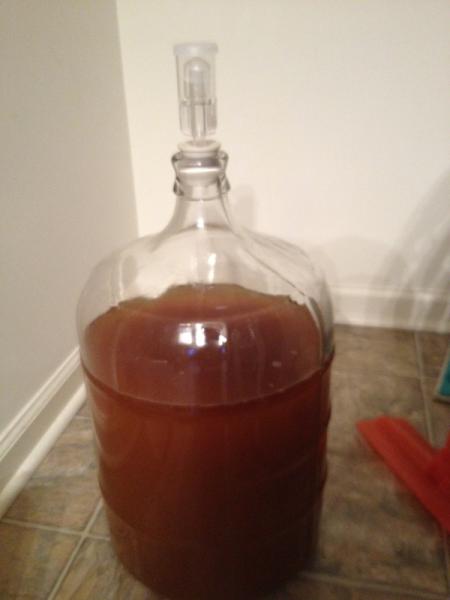GooseBrew82
Member
- Joined
- Jun 12, 2012
- Messages
- 6
- Reaction score
- 0
Hi guys and gals,
My buddies and I started our first batch, an American cream ale from an all extract kit a few weeks ago. All went well during brewing and primary fermentation and we are a week into secondary fermentation, but I am a little concerned about how dark it is. It seems to be clearing up well in the carboy and all the checks along the way indicate the batch is fine except for the dark brown color. My experience with commercially available cream ales is that they are quite lite, almost golden in color. Should I be concerned or is this just a product of the kit ingredients (or something we did wrong)? Thanks for any insight you have!
Prost!
Aric

My buddies and I started our first batch, an American cream ale from an all extract kit a few weeks ago. All went well during brewing and primary fermentation and we are a week into secondary fermentation, but I am a little concerned about how dark it is. It seems to be clearing up well in the carboy and all the checks along the way indicate the batch is fine except for the dark brown color. My experience with commercially available cream ales is that they are quite lite, almost golden in color. Should I be concerned or is this just a product of the kit ingredients (or something we did wrong)? Thanks for any insight you have!
Prost!
Aric













![Craft A Brew - Safale S-04 Dry Yeast - Fermentis - English Ale Dry Yeast - For English and American Ales and Hard Apple Ciders - Ingredients for Home Brewing - Beer Making Supplies - [1 Pack]](https://m.media-amazon.com/images/I/41fVGNh6JfL._SL500_.jpg)













































